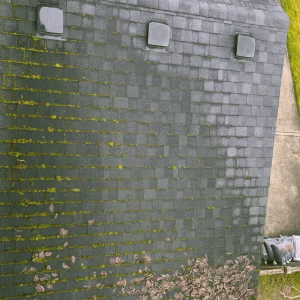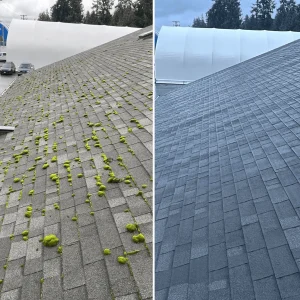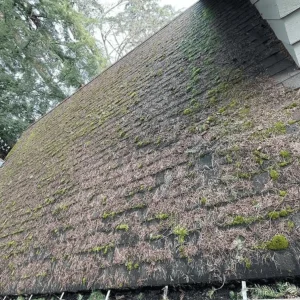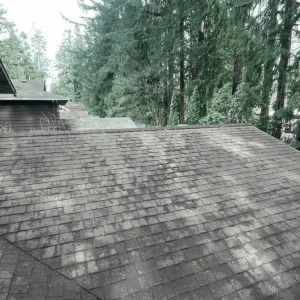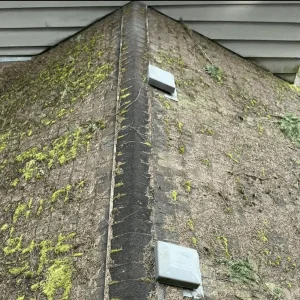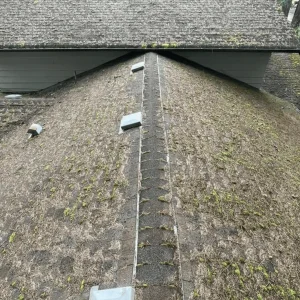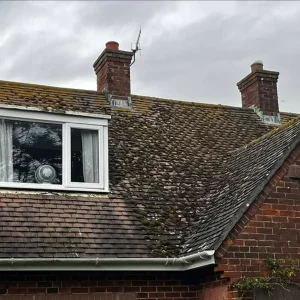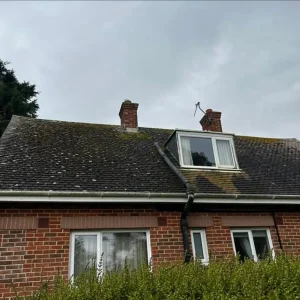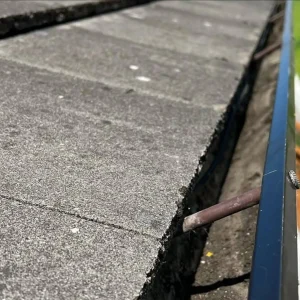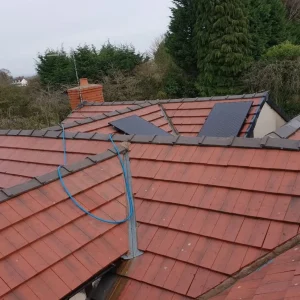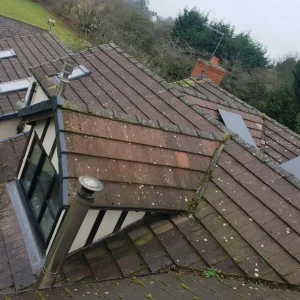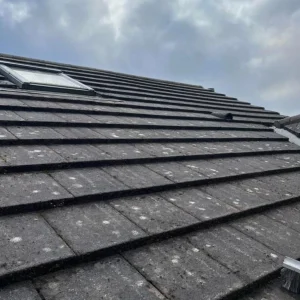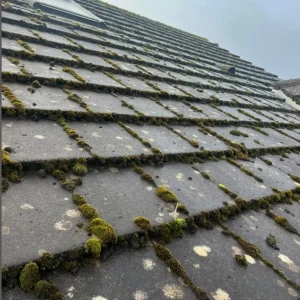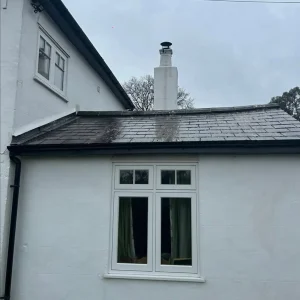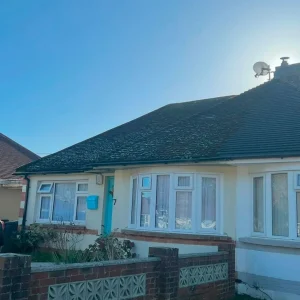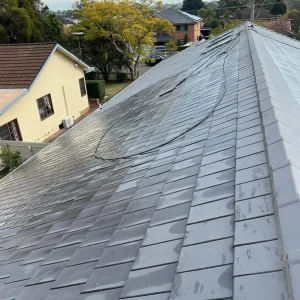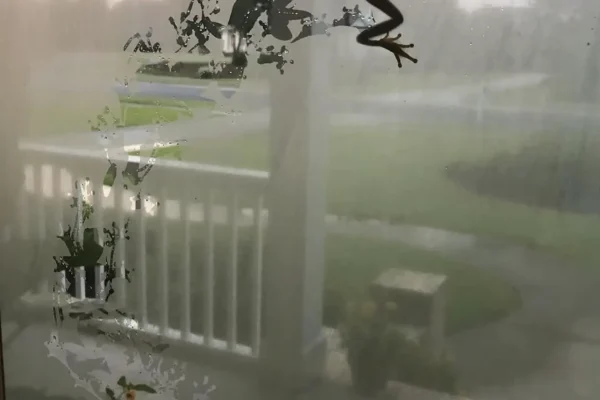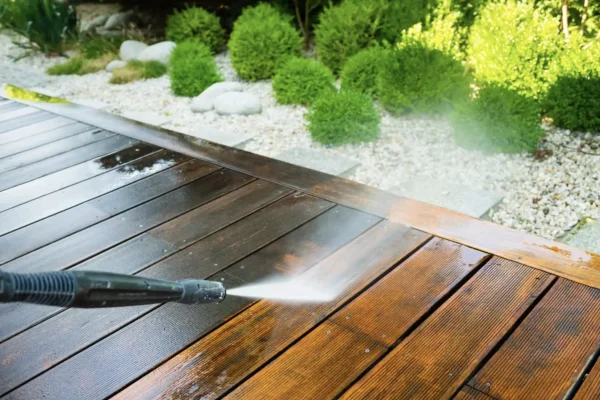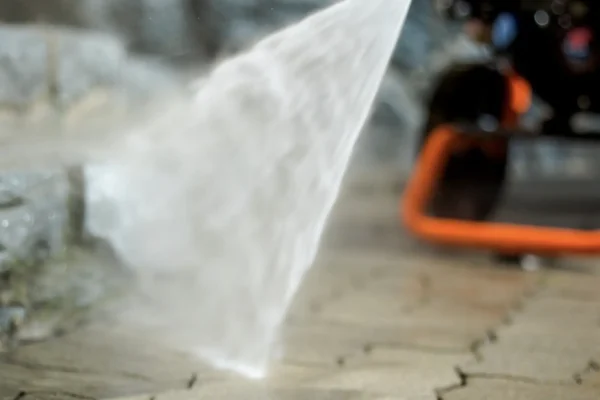If roof moss removal has landed on your weekend to-do list, you’re in good company. At some point, nearly every Aussie homeowner looks up and sees those green clumps staking claim over the shingles and roof tiles. We’re not just talking about a cosmetic issue here — moss can damage your roof surface, shorten the lifespan of your roofing materials, and invite a whole lot of unwanted problems if left to its own devices.
We’re the Water Crew, and trust us: we’ve scraped, brushed, and soft-washed more mossy rooftops than we can count.
- This year was my second time using WaterCrew for an exterior clean and the cleaning of our windows inside and out. They arrived on time were very thorough and was again very happy with the result and friendly service.read moreread lessKate Cox11/21/2025
- Excellent job cleaning my colorbond roof on two story house with 20 years of city grime and moss. Very careful and professional.read moreread lessJohn Morgan10/28/2025
-
Why Does Moss Grow on Roofs?
Moss loves shaded areas with poor drainage and constant moisture. Roof shingles, especially asphalt shingles, are prone to moss growth because of their textured surface, which holds water. Heavy rain combined with poor drainage creates the perfect environment for moss to grow. Clay tile roofs, concrete roofs and tradi
Risks
A mossy roof is not just ugly; it can cause serious damage:
- Water Retention: Moss holds water and prolongs dampness that breaks down roofing materials.
- Structural Issues: Long-term moss growth weakens roof tiles and decays roofing materials.
- Extra Weight: The buildup on roofs can put strain on the structure, especially during heavy rain.
- Gutters and Solar Panels: Moss on roof shingles can spread to gutters, blockages and affect solar panel cleaning.
Moss-Removal Products and DIY Solutions
Here are some effective treatments and moss removal solutions:
- Homemade Solutions: A bleach solution made of 1 quart of bleach, 1 cup of dish soap and 1 gallon of water is a common roof moss treatment. Oxygen bleach is a less harsh chemical option.
- Commercial Products: Chemical moss remover solutions like Bio-Shield solution or zinc sulphate are available. These are applied with a backpack-style garden pump sprayer.
- Natural Options: Biodegradable soaps and alkaline solutions can be effective without harming the environment.
Tools
To remove moss from your roof, you will need:
- Long-Handled Soft-Bristle Brush: This tool allows you to scrub the roof without damaging the shingles or tiles. A scrub brush or scrubbing brush will be necessary to gently remove the moss.
- Pressure Washer (optional): If your roof can take water pressure, a low-pressure washer is a great tool to wash away moss after treatment. A high-pressure washer can damage roofing materials and should be avoided.
- Ladder and Safety Rope: Make sure you have a sturdy ladder and safety rope when working at heights.
- Safety Glasses and Gloves: For debris and chemical protection.
- Pump Sprayer or Backpack Sprayer: A sprayer is best for applying chemical moss removers or homemade solutions.
Having the right tools will help you remove moss safely and without damaging your roof or getting hurt.
Materials
For a successful roof moss removal:
- Moss removers or homemade solutions (bleach solution or Bio-Shield solution).
- Anti-moss strips (copper strips or zinc strips) for prevention.
- Tarps to protect nearby plants and catch runoff.
- Water to rinse the roof surface after roof cleaning services.
Steps for Moss Removal
- Inspect the Roof: Check for moss growth and extent of damage.
- Gear Up: Safety rope, safety goggles, tool belt.
- Apply Moss Remover: Spray the chosen moss remover evenly with a backpack sprayer or spray nozzle.
- Scrub Gently: Use a soft brush or reversible wire brush to remove moss without damaging roofing materials.
- Rinse Thoroughly: Use a garden hose or power washer to rinse away moss and cleaning products.
- Install Preventative Measures: Install metal strips (zinc or copper) at the roof peak to prevent future growth.
When to Call a Pro?
While DIY can work, call a pro in these cases:
- Extensive Moss Growth: If your roof is covered in moss, a power washer may be required.
- Roof Accessibility: Steep or high roofs with poor drainage need experienced tradespeople.
- Material-Specific Issues: Asphalt shingle roofs, Colorbond roofs, and clay tile roofs require special cleaning products and techniques.
Professional Roof Moss Removal: The Safer Option
Calling a pro means:
- Damage-Free Cleaning: No deterioration of roofing materials.
- Quick Fixes: Commercial moss removers, chemical moss-killer solutions, anti-moss strips.
- Long Term Solutions: Zinc sulphate, copper strips, zinc strips.
Preventing Moss Growth
Prevention is key to long-term solutions:
- Regular Maintenance: Clean your roof regularly to prevent buildup.
- Improve Drainage: Clear gutters so water flows freely.
- Install Anti-Moss Strips: Copper strips or zinc strips to create an alkaline environment in which moss can’t grow.
- Trim Surrounding Vegetation: Remove overhanging branches that shade the roof surface.
Best Time of Year to Remove Moss from the Roof
The best time to treat moss is during dry seasons, late spring to early fall. The roof is dry so it’s easier to remove moss and apply cleaning solutions. Don’t remove during heavy rain or wet season as safety risks and ineffective treatments are higher.
Why Choose Us

Your satisfaction is our top priority. We tailor our services to meet your specific needs

We are committed to environmental responsibility. Our cleaning products are eco-friendly.

Pricing
We offer competitive pricing without compromising on the quality of our services.

Expertise
As a locally owned and operated company, we understand the unique needs of our community.
FAQ
How does moss damage roof shingles?
Moss holds water, and water seeps into roof shingles. Over time, it will deteriorate the roofing materials and cause structural problems.
What’s the safest way to remove moss from asphalt shingles?
A soft wash roof cleaning with oxygen bleach or biodegradable cleaner is the safest for asphalt shingles.
Can moss grow back after removal?
Yes, moss can grow back if preventative measures such as installing zinc or copper strips aren’t done.
Is pressure washing safe for all roofs?
Pressure house washing can damage some roofing materials like asphalt shingles or clay tiles if not done properly. Best to use low-pressure or hire a professional.
Are chemical moss removers safe for plants?
Some chemical moss removers can kill plants. Use tarps to cover surrounding plants and rinse the area with water after application.

